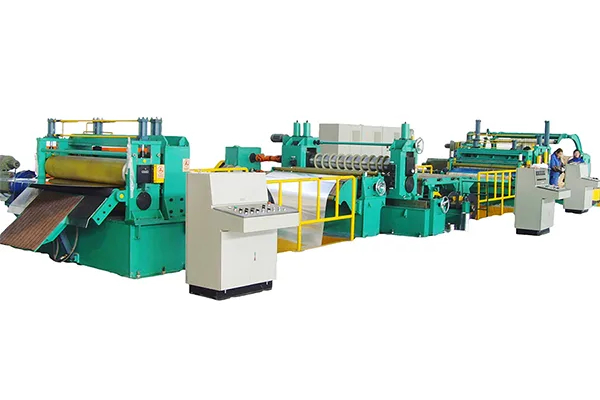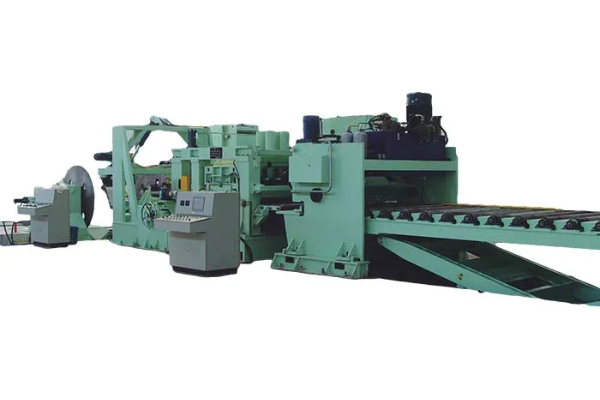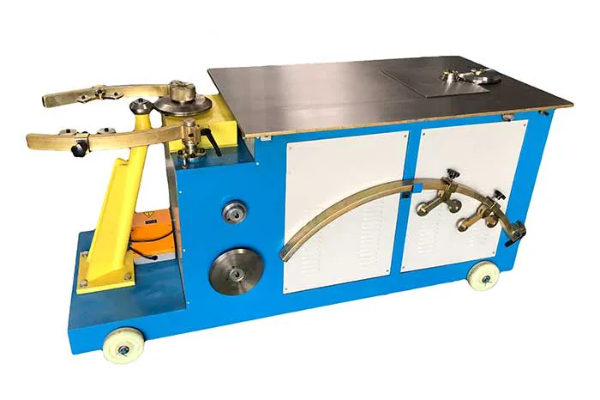
Rectangular vs. Spiral Ducts- Implications for Machine Choice
- By:Metmac
- 2024-05-11
- 182
In the labyrinthine realm of HVAC design, a fundamental choice presents itself: rectangular or spiral ducts? This decision holds profound implications for the choice of machine, dictating its capabilities, efficiency, and cost.
Rectangular Ducts: Precision and Efficiency
Rectangular ducts, with their sharp angles and precise dimensions, offer unparalleled control over airflow distribution. They can navigate complex building geometries with ease, fitting snugly into tight spaces while maintaining optimal performance. This precision translates into higher efficiency, as air is less likely to leak or create turbulence within the system.
However, rectangular ducts come with their limitations. Their rigid construction makes them more challenging to install, requiring skilled labor and specialized machinery. Additionally, their flat surfaces are prone to dirt accumulation, which can reduce efficiency over time.
Spiral Ducts: Flexibility and Economy
Spiral ducts, on the other hand, are renowned for their flexibility. Their helical shape allows them to bend and curve without the need for fittings, making installation a breeze. They are also more compact than rectangular ducts, reducing the overall space required for the HVAC system.
But flexibility comes at a cost. Spiral ducts are less efficient than their rectangular counterparts due to the inherent turbulence created by their curved surfaces. This turbulence increases noise levels and can diminish energy savings.
Machine Choice: A Balancing Act
The choice between rectangular and spiral ducts ultimately depends on the specific project requirements. For applications demanding precision airflow control and high efficiency, rectangular ducts are the clear choice. However, for projects where flexibility, ease of installation, and cost are paramount, spiral ducts offer a compelling alternative.
Optimizing Machine Selection
To maximize the performance and efficiency of the HVAC system, it is crucial to choose the appropriate machine for the selected duct type. Machines designed for rectangular ducts feature precision manufacturing and tight tolerances, ensuring optimal airflow distribution. Spiral duct machines, on the other hand, prioritize flexibility and ease of bending, enabling fast and efficient installation.
Conclusion
In the intricate tapestry of HVAC design, the choice between rectangular and spiral ducts is a pivotal decision that sets the stage for the entire system. By understanding the implications for machine choice, engineers and contractors can optimize performance, efficiency, and cost, ensuring that every breath of air in the building is a testament to innovative engineering.
-
Mastering Form and Force: A Guide to Modern Metal Plate Bending Machines
2025/12/16 -
Demystifying Sheet Metal Laser Cutting Machine Price: The METMAC Value Perspective
2025/12/16 -
Metal Sheet Machinery: The Engine of Modern Fabrication and the METMAC Advantage
2025/12/16 -
Beyond the Bend: The Power and Precision of the Modern Sheet Profile Machine
2025/12/16
-
Advanced Sheet Metal Rolling, Laser Cutting, and Folding Machines for Precision Fabrication
2025/10/31 -
High-Performance Sheet Metal Bending and Cutting Machines for Modern Fabrication
2025/10/31 -
High-Quality Sheet Metal Equipment for Sale: Efficient Solutions for Modern Manufacturing
2025/10/31 -
High-Performance Sheet Metal Equipment for Sale: Forming and Shearing Solutions for Modern Fabrication
2025/10/22
-
A Guide to the Latest Innovations in Sheet Metal Folding Machines
2024/11/29 -
Key Features to Consider When Investing in a Sheet Metal Folding Machine
2024/11/28 -
Enhancing Precision with Advanced Sheet Metal Folding Machines
2024/11/27 -
How to Choose the Right Sheet Metal Folding Machine for Your Workshop
2024/11/26







